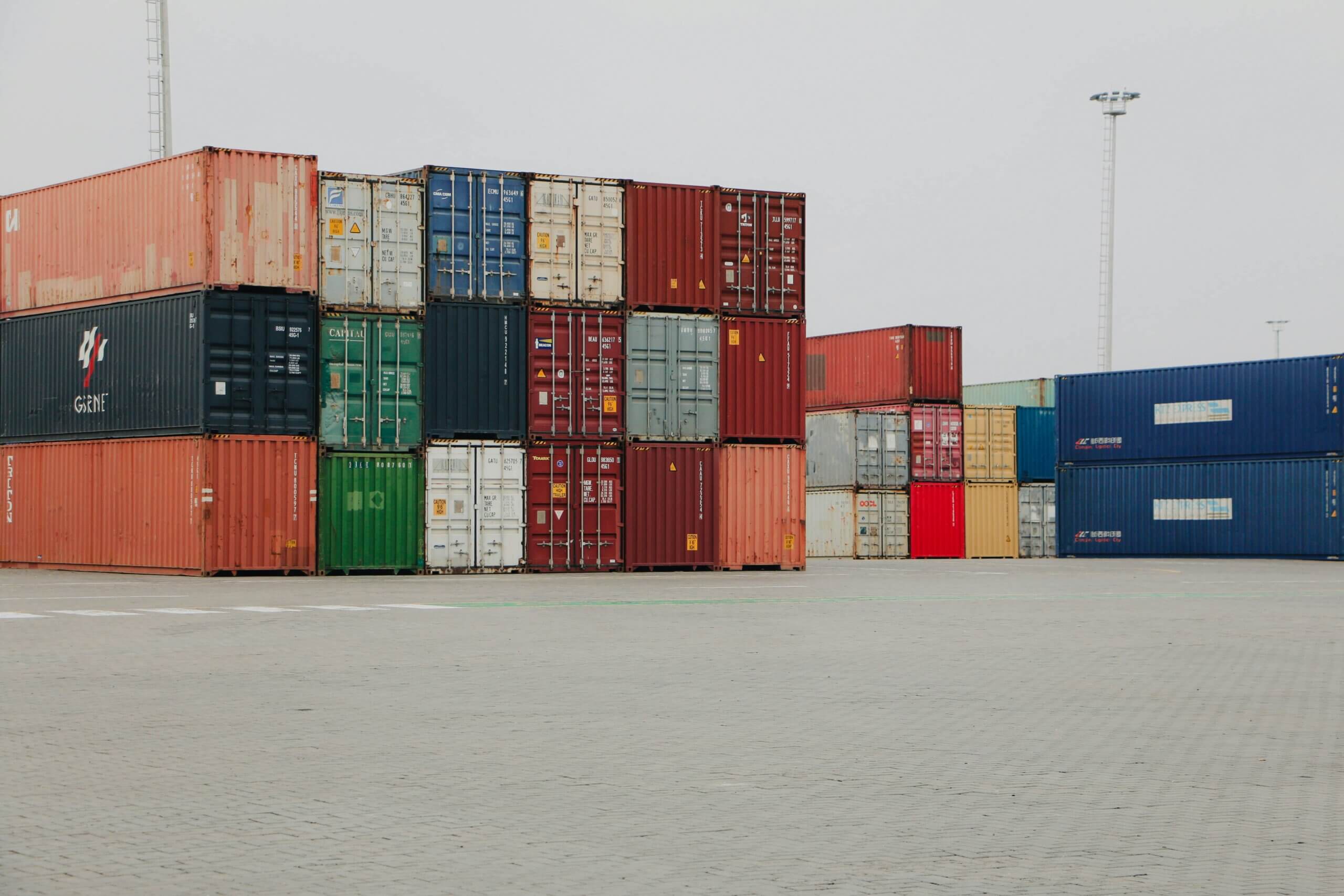As enterprises around the globe continue to wrestle with supply chain disruptions stemming from the COVID-19 pandemic, some business gurus have suggested that companies return to holding larger amounts of safety stock. With more buffer inventory, the argument goes, companies would be able to avoid stockouts from supply chain disruptions.
At project44, we disagree. The answer is for companies to deploy an advanced transportation visibility platform to become proactive in managing both lead times and pipeline inventory.
The Lean Inventory Strategy
Safety stock is a buffer of inventory that’s held to protect against the risk of stockouts. Today, most companies have adopted a lean inventory strategy that keeps safety stock at minimal levels because of the financial impact on balance sheets from holding excess inventory. Rather than holding high reserves of inventory as a bulwark against future sales, most manufacturers, wholesalers, and retailers these days have adopted demand-driven supply chain strategies that focus on turning inventory.
During The Great Recession from 2007 to 2009 when companies had to batten down the hatches and curtail costs, it further solidified the corporate mindset on minimizing safety stock and accelerating the “cash-to-cash” cycle time with high inventory turns.
The Siren Call for Reversing Course on Lean Inventory
The argument for increasing the levels of safety stock to offset supply chain disruptions is that the events of the COVID-19 pandemic have shown the need for reversing course on the current lean inventory strategy. With shipping impacted by limited carrier capacity across all modes of transportation, labor shortages, and clogged ports, companies can’t count on transportation providers meeting delivery schedules for resupplying parts to factories or products to stores. And that’s why some gurus contend companies need to hold more safety stock as a defense.
Manage Inventory Flows With an RTTVP
Despite the argument to boost safety stock, most C-suite executives remain wary of stockpiling since the cost of carrying inventory is significant and ties up precious working capital. So, what are companies to do?
The answer is for companies to embrace advanced real-time visibility to manage the inventory pipeline. Using a Real-Time Transportation Visibility Platform (RTTVP), a company has a view of the progress of shipments in transit. An RTTVP can provide accurate estimated time of arrivals (ETAs) and alerts about potential problems such as possible delays in unloading at congested ports or unexpected traffic jeopardizing a scheduled truck delivery.
By having a more accurate picture of lead times, companies can take corrective action managing inventories throughout their supply chain. With a view of the inventory carried on shipments, along with business intelligence and analytics to identify potential problems, companies can plan replenishment and adjust manufacturing and distribution schedules, prioritizing the allocation of both on-hand and in-transit inventory to avoid the risk of stockouts.
Lean Inventories Are Here to Stay
Instead of reversing course on their financial strategy and putting capital in higher levels of safety stock, companies can leverage the capabilities of an RTTVP to work through supply chain disruptions and manage inventory flows to ensure parts and product availability.



